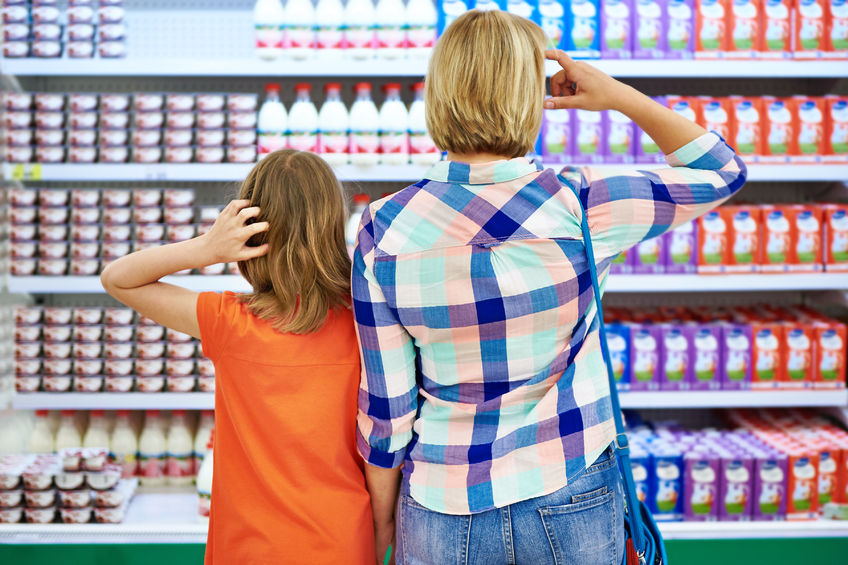Color is a very powerful thing. It can influence people’s moods, and as a result, it can even have an impact on buying decisions. Exploring the way color has these effects can help you make better choices about your product packaging, and it could even have a positive influence on your brand as a whole.
Color is an Emotional Trigger
There’s no doubt about it – color triggers some pretty powerful emotions. You can see it everywhere you look and in some of the world’s most famous companies’ logos. UPS uses a brown and yellow logo, and this helps to facilitate a sense of trust along with optimism. The same can be said for McDonald’s with its bold red-and-yellow logo that not only associated with freshness, but is known to stimulate the appetite, as well. You, too, can use colors on your product packaging to help stimulate shoppers’ emotions, and you can do it in a way that is in line with your products and your brand.
What the Colors Mean
Some of the most popular colors in the food packaging industry are red, yellow, green, orange, and blue, and each of these is used strategically by the world’s biggest manufacturers to help trigger specific emotions and drive shoppers’ desire to buy. Here’s what you should know about how each color influences shoppers long before they know what’s inside.
- Red: Red is the most widely-used color in food marketing today because it catches the eye right off and stands out from other products. Red is known to stimulate the appetite, thereby stimulating interest, and it triggers a variety of emotional responses such as surprise. People tend to associate this color with freshness, as well, so it’s a great choice for produce, baked goods, and more.
- Yellow: Yellow, on the other hand, is the ultimate indicator of happiness, optimism, cheerfulness, and an all-around great mood. Studies have confirmed that when the human brain is introduced to the color yellow, the body creates and releases serotonin, a feel-good hormone, as a result.
- Green: More and more food manufacturers are turning to green as it symbolizes overall health – something that grows more important to most shoppers every day. It’s also associated with environmentally friendly products as well as natural ingredients.
- Orange: Orange is a stimulant color that, much like red, can increase shoppers’ appetites. It makes consumers think of enthusiasm and warmth, and it is a highly energetic color. Orange is often utilized for hearty foods such as stews or for citrus flavors.
- Blue: Finally, the color blue is known to be calming, and while this may seem like a wonderful idea, the color blue can actually suppress the appetite just as reds and oranges increase it. It’s common on snack foods like cookies and foods that are designed primarily for children, however.
As you can see, thanks to color psychology and the way it applies to food products, different colors can influence shoppers in many different ways on a subconscious level. When designing your packaging, be sure that you take the time to think about the colors and apply them appropriately to drive interest and sales.

